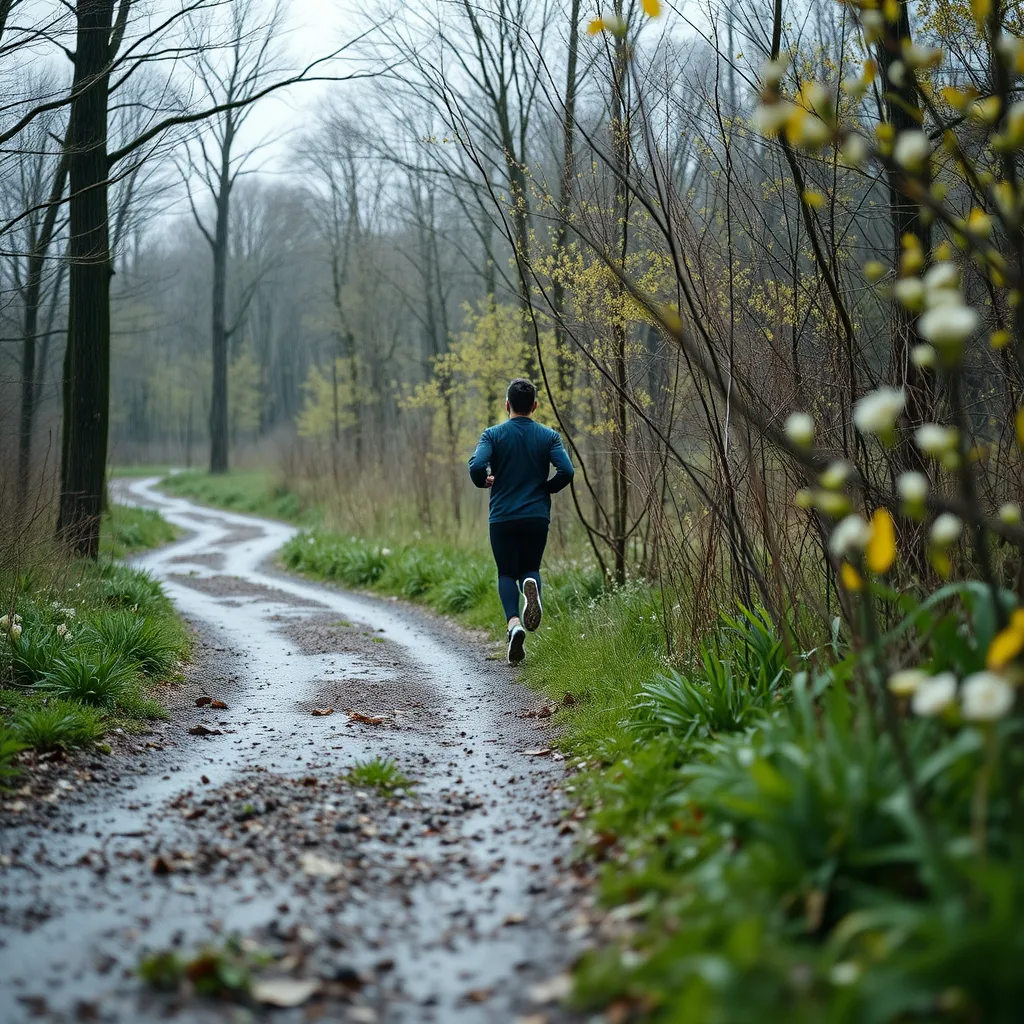Patellar tendinopathy is one of the most common injuries in sports, so it should come as no surprise that many physiotherapists, doctors, and trainers find themselves treating jumper’s knee. However, the term “jumper’s knee” is a bit of a misnomer as it can affect movements other than just jumping, including climbing, kicking, running, and other activities involving high demands on speed and power for leg extensors.
Jumper’s Knee Statistics
A Norwegian study examined 613 athletes from nine different sports, including track and field, basketball, hockey, volleyball, orienteering, cycling, soccer, handball, and wrestling. Researchers found over 14 per cent of all athletes had patellar tendinopathy. Of these affected athletes, almost 45 per cent were volleyball players and over 30 per cent played basketball.
Characterized by an aching centred over the infrapatellar or suprapatellar region, especially localized to the superior or inferior poles of the patella, it is generally accepted that jumper’s knee is caused by a mainly eccentric dynamic overload of the knee’s extensor mechanism. Patients often complain of pain at the proximal insertion of the patellar tendon, particularly when squatting and landing after a jump. Symptoms can be severe, sometimes causing long-term impairment to athletic performance.
Conservative treatment options for jumper’s knee include rest, anti-inflammatories, cold packs and elevation to reduce swelling, and conditioning exercises. For more advanced cases, surgical options like arthroscopic debridement may be used.
Treating Jumper’s Knee With Shockwave Therapy
Shockwave therapy is a proven, non-invasive treatment option for treating jumper’s knee. Using a shockwave therapy device, practitioners deliver acoustic pressure waves to a patient’s injured area, which accelerates the healing process by stimulating metabolism and enhancing blood circulation.
A recent study published in the Journal of Sports Science and Medicine examined the immediate effect of just one session of shockwave therapy on jumper’s knee and whether it could improve tendon stiffness and pain. Thirty-four athletes with jumper’s knee were recruited and divided into two groups. One group received shockwave therapy while the other received a sham treatment.
Researchers used supersonic shear imaging to measure tissue stiffness and a visual analogue scale to quantity pain intensity. They noted a significant reduction in tissue stiffness (almost 30 per cent) and pain in the shockwave group but not in the sham group. Researchers concluded even one session of shockwave therapy can greatly improve symptoms of jumper’s knee.
Industry-leading Technology
We are Canada’s exclusive distributor of Storz shockwave therapy machines, the world’s leader in shockwave technology for over thirty years. Shockwave Canada offers 24/7 support from our knowledgeable practitioners, who have over twenty years of experience in the field.
To learn more about integrating the many benefits of shockwave therapy into your practice call 1 (888) 741-SHOC(7462) or visit our website.

